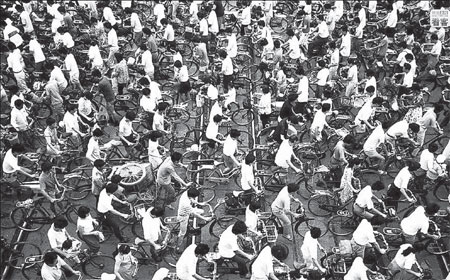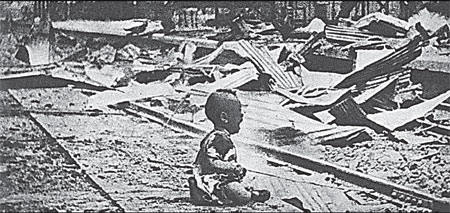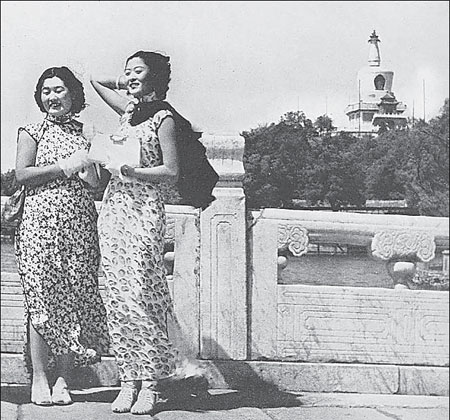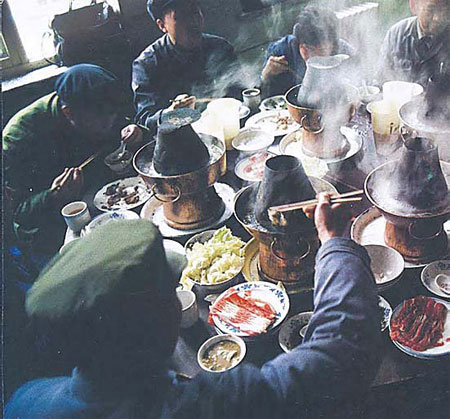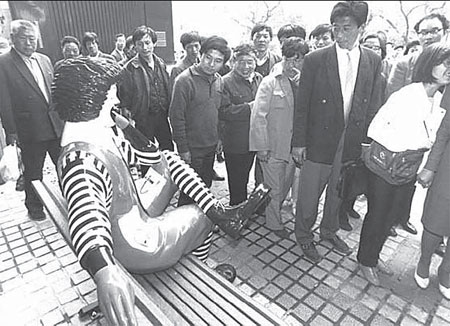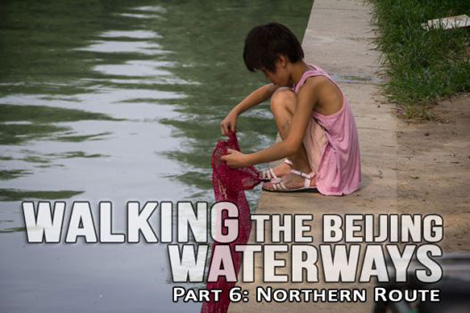History in images
Updated: 2013-05-17 08:42
By Mei Jia (China Daily)
|
|||||||||||
|
Cyclists jostle for space on a wide boulevard in Shanghai, in 1991. With about 500 million bikes on the road by the late 1980s, China was known as the kingdom of two-wheelers. Wang Wenlan / China Daily |
|
A boy cries amid the rubble after the Japanese bombing of Shanghai's South Station on Aug 28, 1937. Photos Provided to China Daily |
|
Young women, wearing fashionable qipao, pose in Beihai Park in Beijing in the 1930s. |
There have been many textbooks on the history of China published over the past century. Now, there is a book of photographs charting the dramatic changes in people's lives.
New World Press editor Li Shujuan knows it's no easy task to tell the history of more than a century of a country like China, especially since it has experienced dramatic changes over the years. Li's solution is to use photographs. In the publisher's new English-language release of Modern China in Pictures: 1911-2012, Li chooses to let the powerful images convey the historical complexity.
She says in the early stages of planning, she wanted a comprehensive book covering every aspect of China's social, political, economic and cultural life. But she became less ambitious later.
"For better impact, we decided to concentrate on photos showing daily scenes and changes in people's life," Li says.
The final product is a book with "all things related to people", Li explains. Instead of images that can be found in history textbook, such as portraits of leaders and important meetings, the book focuses on transportation, clothes, fashion, entertainment and family life.
The book won praise after reviews including by foreign editors, for including "something novel and seldom seen".
With 450 pictures selected out of 1,000, mostly contributed by China News Service, Li and her team categorized the book into six sections.
Li says compiling the book was like making a film.
"The story begins with the last emperor from the Qing Dynasty (1644-1911). After that, people cut their braids and changed their hairstyles," Li says.
"Finally, as we embrace the future, children show lovely smiles. The curtain is drawn."
The book does more than just cover the daily lives of commoners. Readers will also get a glimpse of historic events.
One of the main images depicts the War of Resistance against Japanese Aggression (1937-1945). The picture shows an orphan during the Japanese bombing of Shanghai's South Station on Aug 28, 1937.
"The orphan's helpless crying in the ruins tells it all," Li says.
Foreign Language Press' editor Paul White praises the book's cinematic flow and compact pace.
White says the coherence of the book makes it stand out from other books of its kind, and "there aren't many others of its kind".
He says the editing team sets the tone of the language as colloquial and easy to understand, and it matches the flow of the story.
Li hopes the book has fulfilled its aim of unveiling the changes the country has gone through and how its people have made the changes happen.
"We invite English-speaking readers to judge for themselves," Li says.
The book's author, Wang Xu, says: "Here we're offering history that every Chinese can connect with, can learn from, and read about their past and future.
"Because we gradually realized that history is not only hollow political frameworks. It has flesh and blood, and is an accumulation of every individual's footprint."
Wang believes Chinese modernization in the past century started passively and without many choices.
"It naturally brought huge suffering for people. And as the transformation progress continues, the pain and confusion remain," he says.
Many of the photos also show great courage and optimism.
That spirit, Wang says, is like seeds of hope growing in a land of desperation.
Through the book, Wang hopes to present the full picture of Chinese transformation day by day, with flesh and blood, and also "how Chinese think and strive after the economic development".
"Chinese are becoming more interested in social causes and charity work for self-fulfillment and to share their blessings with others," Wang says.
Optimism has been a strong part of the Chinese character, especially during times of adversity, and that is demonstrated in the book, says Li.
White adds: "The main idea is to illustrate the optimism of the Chinese people, and how they follow their own path to modernization.
"The book delivers the message about China's progress much better than statistics alone. I think it's a good introduction to modern China, mixing history with personal glimpses in an easy-to-understand way."
Contact the writer at meijia@chinadaily.com.cn.
meijia@chinadaily.com.cn
|
Mutton hotpot was a popular dish in Beijing in the 1980s as rising incomes allowed people to dine out more. |
|
The first McDonald's in China opened on Wangfujing Street in 1992, attracting a curious crowd. |
(China Daily 05/17/2013 page24)
Today's Top News
Tech has key role in boosting imports
Foreign investment sought in industrial upgrade
EU telecom threat fuels trade tensions
Cabinet to reduce red tape
FDI growth up for 3rd month
Taiwan to investigate slaying
Yuan appreciation burdens exporters
Demand for gold at record high in Q1
Hot Topics
Lunar probe , China growth forecasts, Emission rules get tougher, China seen through 'colored lens', International board,
Editor's Picks
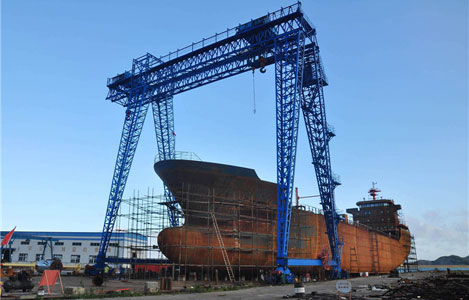
|
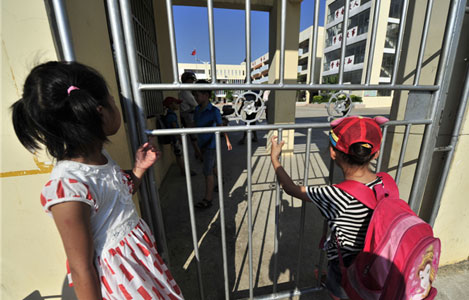
|

|

|
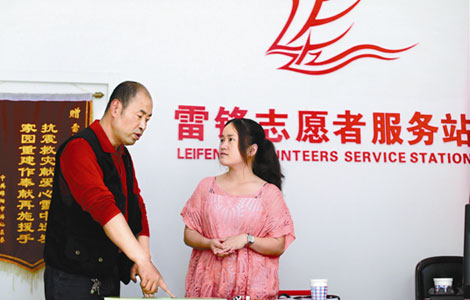
|

|
